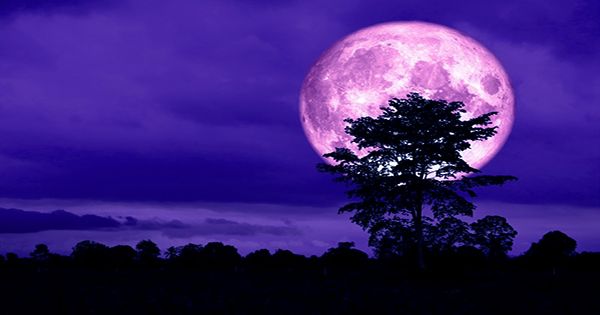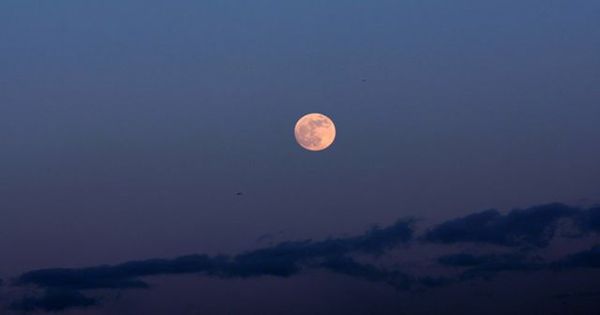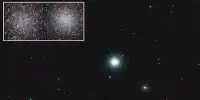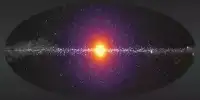Earlier this week, we will be able to see the first of the two supermoons that occurred in 2021, known as the “Pink supermoon”. At this point, the full moon will appear 14 percent larger and 30 percent brighter than normal. The moon does not orbit the earth in an elliptical circle instead of a perfect circle. This means that during its 27-day orbit, it has reached its farthest and closest point compared to our planet. The nearest point called perigee and the farthest point called apogee.
When Perez arrives at 11:22 EDT on April 27, 2021, the Moon and Earth will be 357,378 kilometers (222,064 miles) without the average 384,400 kilometers (240,000 miles). This causes the moon to appear larger and the sunlight leaked it to appear brighter. The term “Supermoon” coined in 1979 by astrologer Richard Knoll, referring to a new or full moon occurring in 90 percent of Perigee. “Supermoon” is not actually an official astronomical term – the more scientific term for this phenomenon is “Perigee CGG”.

The origin of the word “together loud” from the ancient Greek the word CGG refers to the alignment of the straight lines of three or more celestial bodies. During a new or full moon, the earth, moon and sun come together in CG. Unfortunately, the moon is not actually seen pink during the pink moon. The name comes from a list of lunar names published in The Old Farmer’s Almanac, which they say “came from a generation of Native Americans, Colon Native Americans, or other North American sources of North America.”
The name “Pink Moon” refers to one of the first flowers of the flowering spring plant “Moss Pink” or Ground phlox (Phlox subulata). According to NASA, the next full moon on May 26 – also known as the full moon – will actually be closer to Earth by 157 kilometers (98 miles). The moon will be full on April 26 at 23:31 EDT and will appear full for two to three days. If you want to see it once, you can see the moonrise during your stay here.














